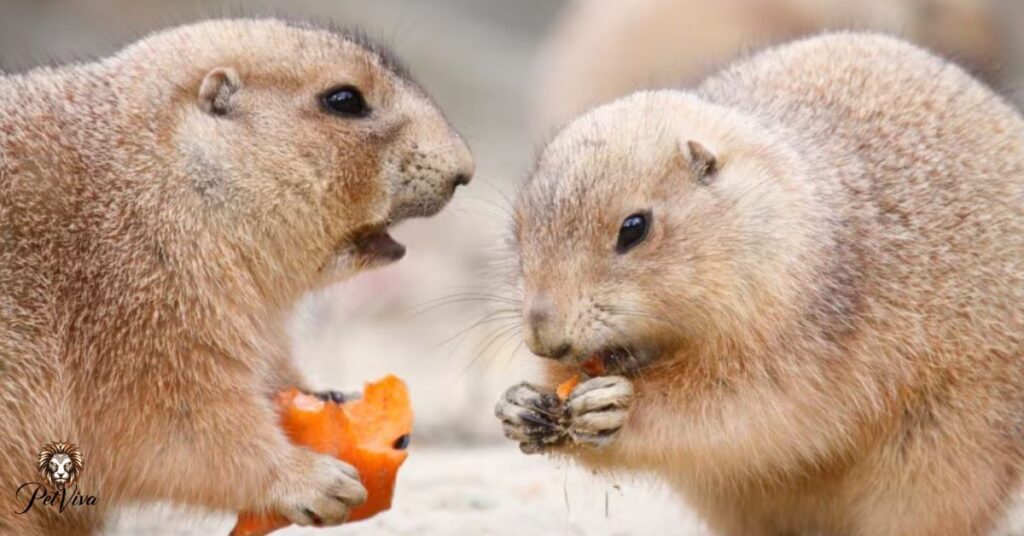Having a groundhog as a pet is not recommended due to their fast-growing teeth and tendency to chew on everything. It’s also illegal in many states and requires specialized care and a large secure habitat.
Can you have a groundhog as a pet? Hold on tight! These furry creatures may seem cute, but they come with a bundle of challenges. From their voracious appetite for destruction to legal hurdles, discover why having a groundhog as a pet isn’t your typical cuddly companionship.
Considering a groundhog as a pet? Think again! Legal restrictions and their specialized care needs make them unsuitable for most households.
Quick Facts About Groundhogs
Groundhogs, also known as woodchucks, are fascinating creatures native to North America. These furry mammals belong to the rodent family and are renowned for their solitary nature. With a lifespan ranging from 3 to 6 years in the wild and up to 14 years in captivity, groundhogs typically grow to about 18 to 24 inches in length with an additional 7 to 10 inches for their tails. They primarily feed on vegetation making them herbivores, and are commonly found in forests woodlots, fields and pastures across the continent. Groundhogs are also known by various other names such as grounding, whistling, and thickwood badger.
Their scientific name, Marmota monas, reflects their classification within the order Rodentia. Despite their solitary temperament, groundhogs play a crucial role in their ecosystems as both prey and predator. With their distinct appearance and intriguing behaviors, these creatures continue to capture the curiosity of wildlife enthusiasts and researchers alike.
Also read this: WHY SCHNAUZERS ARE THE WORST DOGS? 20 REASONS (2024)
Why Groundhogs Don’t Make Great Pets
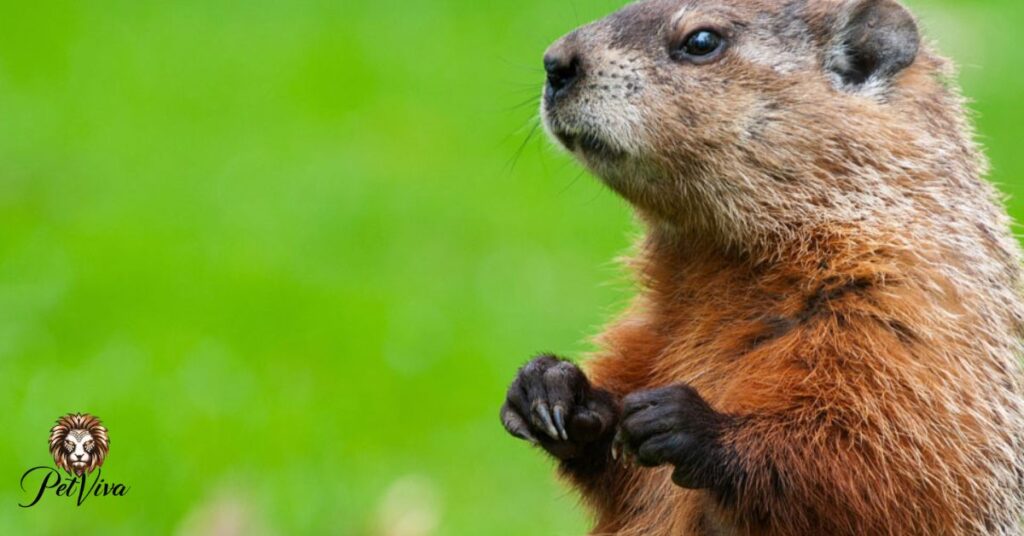
Thinking of bringing a groundhog into your home? Hold on a moment! While these critters may seem charming they’re not the ideal pets for several reasons. Firstly groundhogs have a natural instinct to chew on almost anything which can lead to damage around your home.
Secondly, many states have strict regulations against keeping native wild animals as pets, and obtaining permits can be difficult. Lastly, finding a veterinarian with expertise in caring for groundhogs can be a challenge potentially putting their health at risk. Overall despite their cute appearance groundhogs simply aren’t suited to life as domestic pets.
Also read this: DO FRENCH BULLDOGS HAVE A TAIL? UNRAVELING THE TAIL MYSTERY
They Will Destroy Your Garden
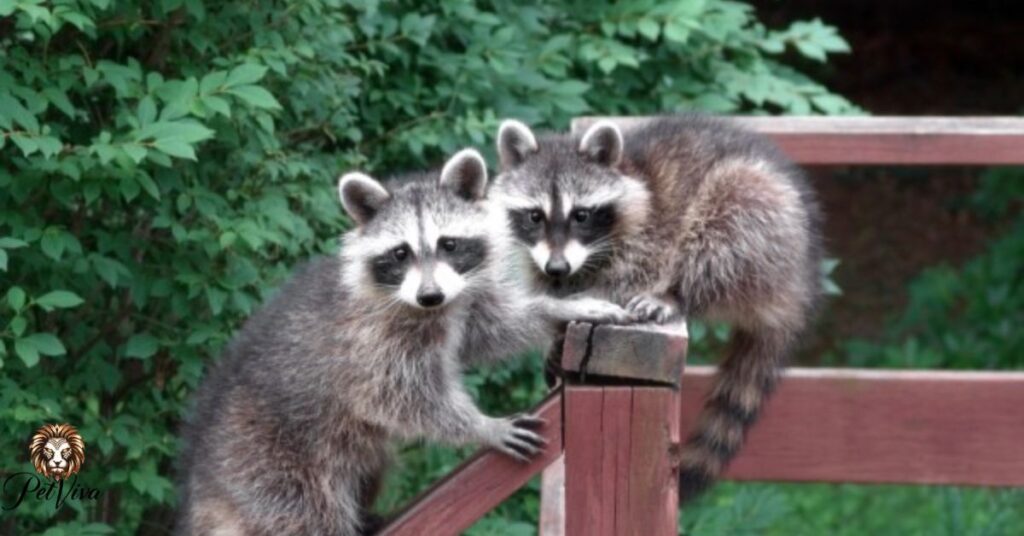
Watch out for those groundhogs if you’re passionate about your garden! Despite their charming appearance, these critters can wreak havoc on your greenery. They’re not picky eaters; they’ll happily munch on your flowers and vegetables leaving your once-thriving garden in ruins.
Even decorative trees aren’t safe from their gnawing tendencies; they’ll happily trim them down to size. If you’ve spent hours nurturing your garden, the last thing you want is for it to become a groundhog’s all-you-can-eat buffet. So before considering a groundhog as a pet consider the potential damage they could inflict on your cherished outdoor space.
It Is Illegal in Most States to Keep Native Wild Animals as Pets
Did you know? Keeping native wild animals like groundhogs as pets is against the law in many states. These regulations are in place to protect both the animals and the ecosystems they belong to. Even if you’re tempted to have a cute groundhog as a pet it’s essential to understand and respect these legal restrictions.
Violating these laws can result in fines or even legal consequences. So before considering a groundhog as a pet, be sure to check the laws in your area and alternative ways to enjoy wildlife responsibly such as observing them in their natural habitats.
Your Vet Must Have the Skills to Treat and Care for Your Groundhog
Ensuring your groundhog’s health and well-being is crucial, but finding a vet with the right expertise can be challenging. Not all veterinarians are equipped to handle exotic pets like groundhogs. Before adopting one it’s essential to research and find a vet who specializes in treating these unique animals. Without proper care from a knowledgeable vet your groundhog’s health could be at risk.
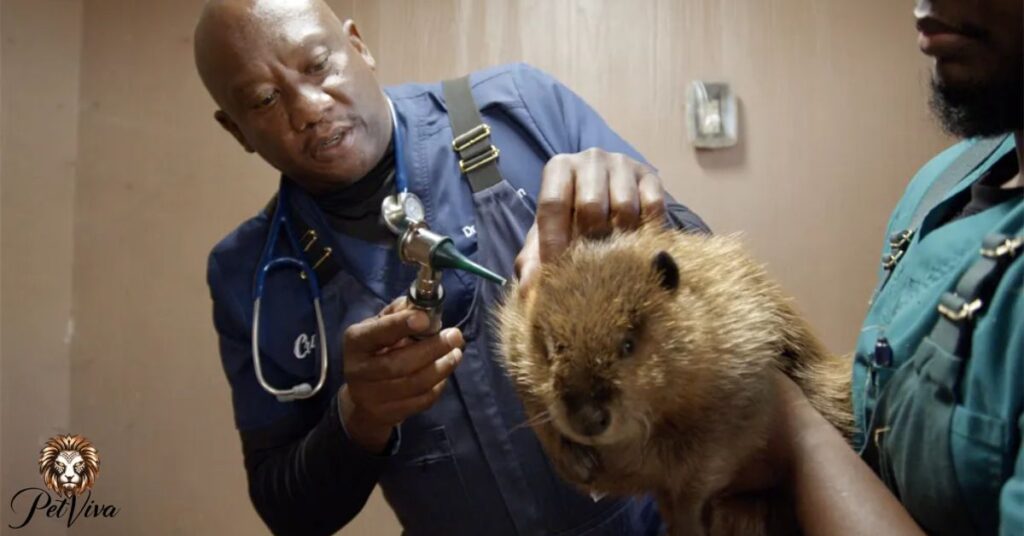
Regular check-ups and medical care are essential for keeping your groundhog healthy. From dental issues to potential illnesses a qualified vet can address any health concerns and provide necessary treatments. However if you can’t find a vet with experience in treating groundhogs, caring for one may not be feasible.
You Will Have to Do Extensive Meal Prep
Get ready to spend a lot of time preparing meals if you’re considering a groundhog as a pet. These critters have specific dietary needs that require fresh food daily. From fruits and vegetables to insects and larvae their diet is diverse and requires careful planning. Unlike typical pet food found in stores you’ll likely need to create custom meals tailored to your groundhog’s nutritional requirements.
Daily meal prep for a groundhog can be time-consuming and may require sourcing fresh ingredients regularly. Since groundhogs are herbivores, you’ll need to provide a variety of fruits, vegetables, and greens to ensure they receive essential nutrients incorporating protein sources like insects or larvae is necessary to meet their dietary needs.
You Will Need to Build a Special Cage
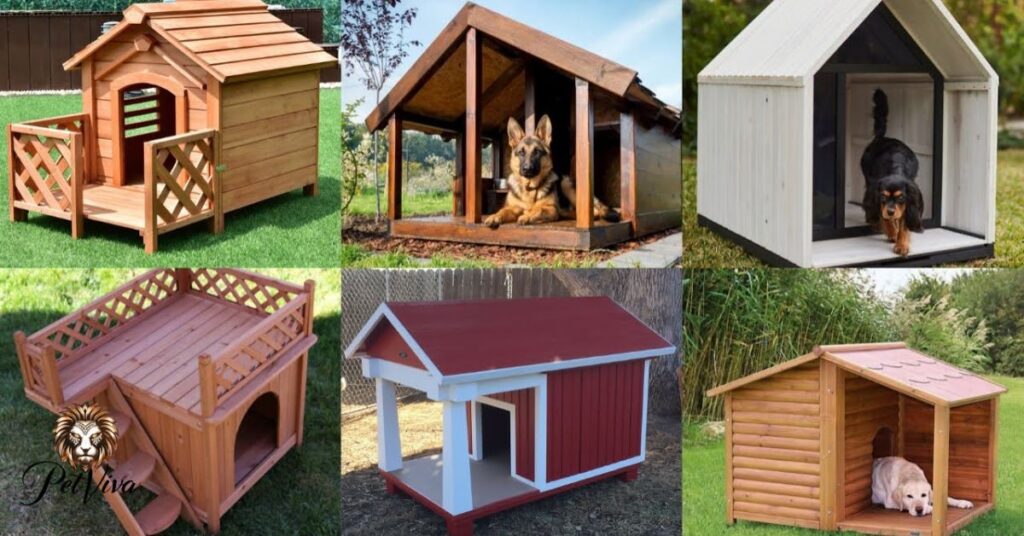
If you’re thinking of keeping a groundhog as a pet, be prepared to construct a specialized cage. Unlike traditional pet enclosures groundhogs require a spacious and secure habitat to thrive. Their natural behaviors such as digging and hibernating, must be accommodated in their living space.
A typical groundhog cage should be at least 4 feet by 8 feet in size and constructed of sturdy wire mesh to prevent escape. Inside the cage, provide a large nest box filled with hay for hibernation and a sandbox for digging. Fresh branches for chewing and sharpening teeth are also essential to keep your groundhog healthy and stimulated.
Creating a suitable environment for your groundhog involves more than just providing a cage; you’ll need to mimic their natural habitat as much as possible. This means incorporating elements like tunnels, hiding spots and climbing structures to encourage natural behaviors and mental stimulation.
You Will Need to Build a Vast and Tall Exercise Yard
Get ready to construct a sizable and secure exercise yard if you’re considering a groundhog as a pet. These creatures need plenty of space to roam and engage in their natural behaviors. A wire fence at least 6 feet high is necessary to prevent escapes, as groundhogs are not only diggers but also skilled climbers.
In addition to height, the exercise yard must offer enough room for your groundhog to explore and exercise safely. Since they can be aggressive if they feel threatened, providing ample space reduces the likelihood of confrontations. Regular supervision is essential to ensure your groundhog doesn’t attempt to escape or exhibit aggressive behavior towards other animals or humans.
Top 10 Weird Things You Didn’t Know About Groundhogs
- Groundhogs, despite their cute appearance possess surprising climbing abilities using trees as a refuge from predators
- Punxsutawney Phil the renowned groundhog, holds the title of America’s most famous weather predictor earning the moniker immortal due to his long-standing tradition.
- Groundhogs stand out as one of North America’s largest hibernating mammals their impressive bulk enabling them to endure lengthy winter slumbers.
- Groundhogs attract scientific interest as subjects for medical research particularly regarding their unique hibernation mechanisms.
- A minority of groundhogs exhibit striking cooler variations, with some individuals entirely white or black due to melanism or albinism.
- Groundhogs communicate through a variety of vocalizations, including whistles, barks, and teeth grinding, conveying different messages.
- The origins of Groundhog Day date back to European folklore, where it shares similarities with traditions involving bears and badgers.
- Despite their relatively small size, groundhogs possess a fighting spirit, bravely standing their ground against larger predators when threatened.
- Groundhog meat, often compared to rabbit, is consumed in select culinary cultures, offering a unique culinary experience for adventurous eaters.
- Consuming raw groundhog meat carries health risks as it can transmit diseases such as bubonic plague, emphasizing the importance of proper food preparation.
Frequently asked question
Do groundhogs make good pets?
Groundhogs don’t make good pets due to their destructive habits, legal restrictions, and specialized care needs.
Are groundhogs friendly?
Groundhogs can be friendly in the wild but may exhibit aggression if they feel threatened or cornered.
Can you befriend a wild groundhog?
It’s unlikely to befriend a wild groundhog as they are naturally wary of humans and may perceive them as threats.
Can a groundhog be trained?
Groundhogs can be trained to some extent but their wild instincts and solitary nature make extensive training challenging.
conclusion
Can you have a groundhog as a pet While the idea of having a groundhog as a pet may seem appealing, it’s important to consider the practical realities and responsibilities involved. Groundhogs, with their unique needs and behaviors, are not suitable for most households. From their destructive tendencies in gardens to legal restrictions in many states owning a groundhog requires careful consideration and preparation.
Finding a vet with the expertise to care for these animals can be challenging, potentially putting their health at risk. Moreover the extensive meal preparation specialized cage requirements, and large exercise yard needed for their well-being demand significant time, effort, and resources from pet owners. Ultimately while groundhogs may be fascinating creatures to observe in the wild, they are best left to their natural habitats rather than being kept as pets in domestic settings.

“Islaa, a seasoned professional with 5 years of expertise in pet care, brings passion and knowledge to our website as its esteemed author.”

